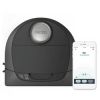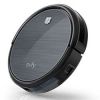iRobot Roomba i3 review
Feb 27, 2023
The modern Roomba i3 robot vacuum cleaner is manufactured by iRobot, a leading company in the robot cleaning market. The vacuum cleaner automatically cleans bare and carpet floors, using voice comman...
Read more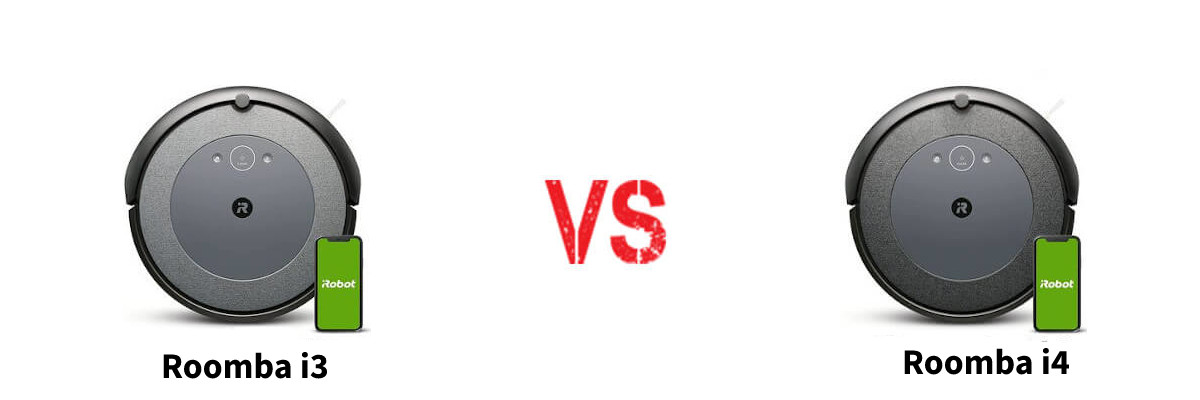
There are many Roomba i3 vs i4 comparisons since these models from iRbobot’s entry-level line have a lot of similarities. They use various advanced technologies (logical navigation, anti-allergy HEPA filter, charge & resume feature, etc.) to clean your house smartly while you are away. However, they also do have differences as well.
The i3 is slightly more spacious being able to accommodate 500ml of contaminations while its competitor comes equipped with a 400ml dustbin. Both models are able to clean an average bedroom before the need for emptying appears, but the i3 is a slightly better model for owners of bigger houses.
Comparing Roomba i4 vs i3 suction power, it’s worth mentioning that both vacs have standard power levels for their price range: 1800 Pa. They do a good job in picking up small particles (baking soda, sand, crumbs) but struggle when it comes to larger ones.
It doesn’t make a lot of sense to compare i3 vs i4 Roomba using area as both cleaners can cover an area of around 2000 square meters. Both of them are also equipped with smart sensors that allow these Roombas to smartly navigate the floor area in neat rows and clean every nook and cranny. However, since the i4 has a better minimum battery life than its predecessor (100 minutes versus 87 minutes), it naturally can clean more during one run. So, if you are on the market for a vac with a longer runtime, we would recommend choosing the i4 in this iRobot Roomba i4 vs i3 comparison.
The iRobot i4 vs i3 noise level comparison has shown positive results for both models. They are pretty quiet, but the i3 appeared to be a bit less quiet — 63 dB vs 65 dB on bare floor and 59 dB vs 64 dB on low-pile carpet. Cleaners that don’t exceed the value of 70 dB are considered as comfortable for human ears.
The first thing that should be mentioned in the iRobot i3 vs i4 carpet performance comparison is that the compared models are able to clean both low-pile and high-pile carpets. Both vacs are supplied with dual multi-surface rubber brushes instead of standard bristle brushes. They are flexible and easily adjust to carpets of different heights. These brushes also stick to the carpet’s piles and help the vac suck in more dirt. This appears to be especially good for pet owners as pet hair just sticks to the rubber brushes and has no chance to be left inside of a carpet.
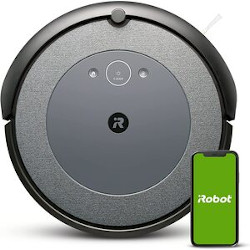
Feb 27, 2023
The modern Roomba i3 robot vacuum cleaner is manufactured by iRobot, a leading company in the robot cleaning market. The vacuum cleaner automatically cleans bare and carpet floors, using voice comman...
Read more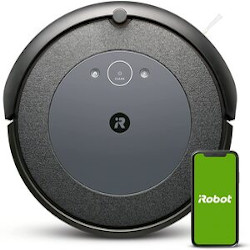
Feb 27, 2023
The Roomba i4 is a robotic vacuum cleaner made by iRobot, a pioneer in consumer robotics. The vacuum cleaner is designed to automatically clean all surfaces, especially carpets and bare and hardwood ...
Read moreThe iRobot Roomba i3 is better robot vacuum in this comparison. Check iRobot Roomba i3 price
